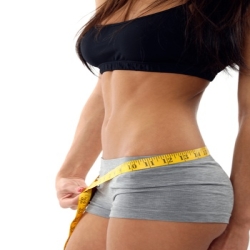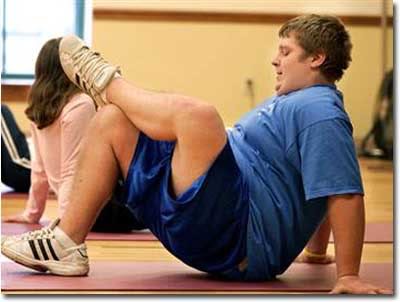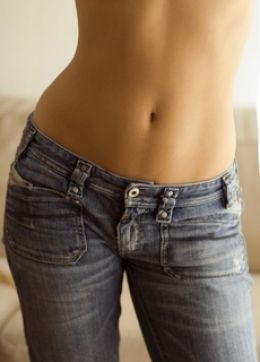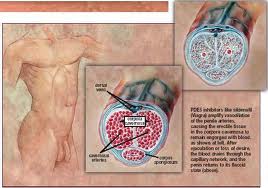Most doctors do not consider one or two events of missed periods to be serious, within a year. However, extended discrepancy may be a symptom or indication of ‘perimenopause’. It can also be considered as a commotion of natural chain of menstrual related hormonal events. There are more than one factor that can invigorate irregular periods, some of these factors are listed below. Dramatic fluctuation in weight: Significant weight gain or weight loss is also considered as a factor stimulating irregular menstrual cycle. Inappropriate diet: Inappropriate eating habits and poor nutritional food may also lead to such irregularities; especially diets which are extravagant in carbohydrate may lead to such menstrual irregularities. Cigarettes: It is also studied that smoking may also lead to untimely menstrual cycle as it truncates the follicular stage. Cigarette smoking is harmful for physical menstrual condition as well as fertility. Stress: Irrespective of the source, stress causes the adrenal glands to release hormone cortisol, which has its direct influence on sex hormones which may lead to the relevant issue of menstrual.? There are other such notable factors which may lead to irregular menstrual cycles such as use of drugs, caffeine intake, alcohol abuse, eating disorder, hormonal imbalance, breastfeeding, miscarriage etc. Important points essential for caring about the disorder:
- It is essential to keep of track of your irregular periods and symptoms.
- Make a note of time when your irregular menstruation starts and ceases.
- Track the amount of flow during your periods. This can be done by keeping a count of pads or tampons utilized including whether they were dry or soaked.
- Note the time of bleeding between menstruations as well as after the course of copulation.
- Also record any other symptoms if noticed.
When to consult your doctor:
- If you have soaked number of tampons or pads approximately 4 to 6 times in 2 to 3 hours.
- Consult your doctor if bleeding persists for more than a week.
- If you are suffering from severe pain, especially when you are not experiencing menstruation it is suggested to consult your doctor.
- It is wise to see your doctor when you have abnormal and odorous female reproductive organ discharges or fever during the period.
- Also it is wise to consult a doctor even when you experience nipple discharge.
- There are other conditions wherein you need to call your doctor such as in case of pregnancy or infertility, untimely spotting or bleeding, prolonged period etc.









